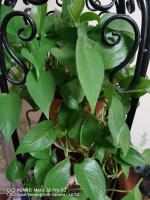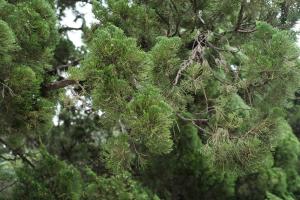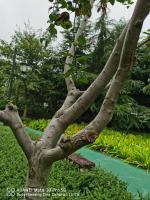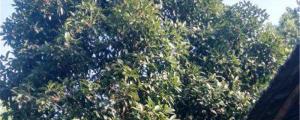1、 Soil:
Vajra Bodhi is suitable for planting in slightly acidic sandy loam with fertile soil and good air permeability. The soil can be field soil, rotten leaf soil and pine needle soil
2、 Illumination:
Vajra Bodhi likes to live in a warm and humid cultivation environment with sufficient light. Long time light is conducive to the growth of Vajra Bodhi
3、 Watering:
Vajra Bodhi has a strong demand for water. It is necessary to supplement water in time during cultivation and keep the soil moist at any time. In addition to normal watering in midsummer, more water should be sprayed. Watering times can be reduced in autumn and winter festivals
4、 Fertilization:
Balanced water-soluble fertilizer and rooting fertilizer are applied at the seedling stage to promote root growth and branch and leaf development. In the later stage, balanced fertilizer and microbial fertilizer are needed
5、 Pest control:
The main diseases of Vajra Bodhi are black mold and leaf spot. It can be sprayed with 200 times Bordeaux solution once a half month for control. The main pests are cotton blowing scale and chaff scale. Insecticide spraying can be used to control the pests, or trapping and killing can be carried out through trapping and killing technology, which can ensure the growth and quality of Vajra Bodhi to the greatest extent

 jackfruit
jackfruit snake plant
snake plant hibiscus
hibiscus hydrangea
hydrangea lavender
lavender Green roses climb al...
Green roses climb al... If you don't pay att...
If you don't pay att... Management of four g...
Management of four g...



































